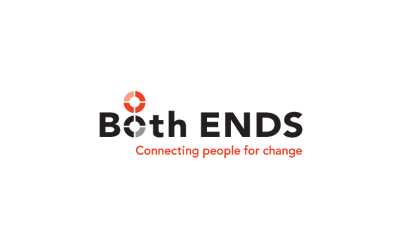
The South American La Plata Basin is the largest freshwater wetland in the world. Monoculture, ranching, mining and infrastructure projects are among the many threats to the wetland system, its forests and rivers, and the livelihoods of the many people who depend on them. Our partners in the region…

Together with five women from the Platform Suace Pyvyvõhára, I travel to Mingã Pora in the east of Paraguay. Around 45 families from the indigenous Tekohá Suace community settled here in 2016. In Guaraní, Tekohá means 'the place where we are what we are'. They reside in tents - self-made out of…


With our Wetlands without Borders program, we work towards environmentally sustainable and socially responsible governance of the wetlands…


10 songs: that is the result of a 4 day long, 450 km boat trip through the Pantanal with 36 people. The project Pantanal Poética sought and found a…


The Pantanal, in the heart of South America, at the border of Brazil, Bolivia and Paraguay, is the world’s largest freshwater wetland with an extremely rich biodiversity. Tourism and fishing are the main sources of income for the local population. This enormous natural area is invaluable for the water management of a large part of the continent, stretching all the way down to the Argentinian La Plata area, some 1,500 kilometres away. The area…